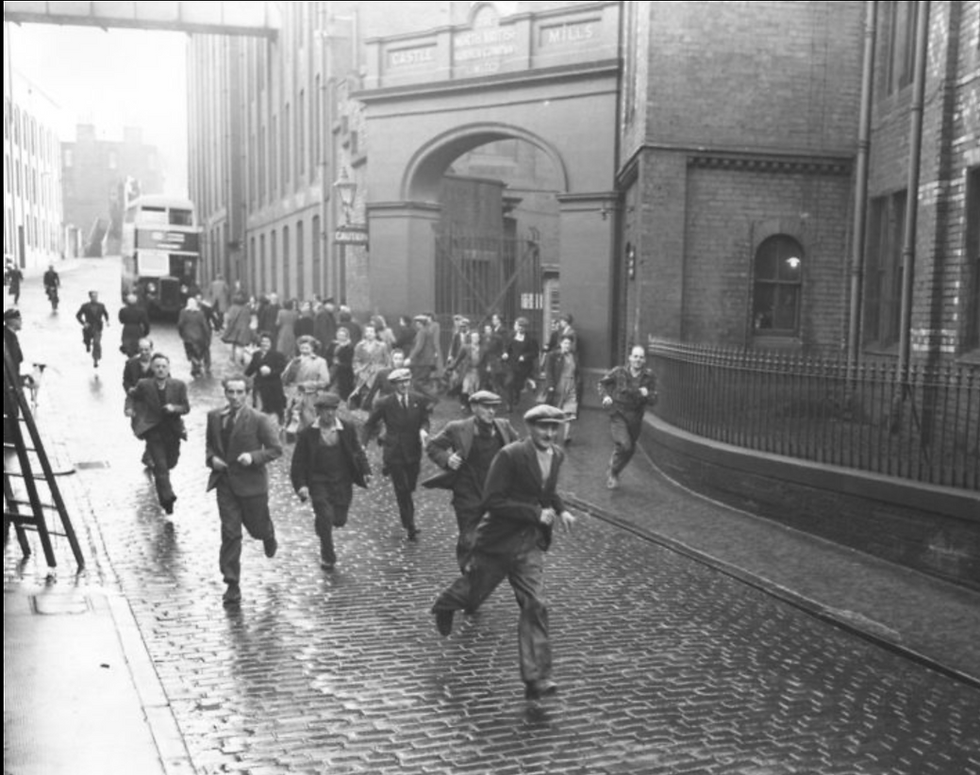Burke and Hare: Edinburgh’s Infamous Serial Killers
- Feb 15
- 2 min read
Updated: May 7

In the shadowed closes and misty wynds of Edinburgh’s Old Town, two men once turned murder into profit. Between 1827 and 1828, William Burke and William Hare killed at least sixteen people, selling their bodies to Dr. Robert Knox, an ambitious anatomy lecturer at the University of Edinburgh. At the time, Edinburgh was a world centre for medical education, but legal cadavers were in short supply. Grave robbing, known as "Resurrectionism," had become disturbingly common. But Burke and Hare took the horror further—they began creating corpses themselves.
Their grim enterprise began when an elderly lodger died of natural causes in Hare’s boarding house in Tanner’s Close, near the West Port. Sensing an opportunity, they sold the body to Dr. Knox. Realising how easy and lucrative it was, they decided to remove the waiting from death entirely. Over the next ten months, they lured vulnerable individuals—often poor, intoxicated, or alone—to their deaths. They used a method of suffocation that left no visible marks, later known as "Burking."
Many of their victims were people society overlooked: beggars, travellers, women on the margins. One of the most haunting cases was that of “Daft Jamie” Wilson, a well-known local man with a learning disability. Another was Mary Docherty, whose murder led to their undoing. Her body was discovered hidden in Burke’s home, prompting an investigation. Burke and his mistress, Helen McDougal, were arrested. Hare turned King’s Evidence, securing his freedom by testifying against his partner.
Burke was found guilty and hanged on the Lawnmarket before a crowd of over 25,000 people. In a grim turn of poetic justice, his body was publicly dissected at the university, where his skeleton remains on display. The scandal shocked the country and led directly to the Anatomy Act of 1832, which allowed medical schools to access unclaimed bodies legally, ending the gruesome trade in corpses.
Today, watchtowers still stand in some Edinburgh graveyards, built to guard against body snatchers. They’re silent reminders of a time when the city’s pursuit of scientific knowledge collided with desperation and greed. The story of Burke and Hare lingers in the shadows, etched into the cobbled streets they once prowled.
Find where this and other stories happened at Edinburgh History Walks Map




Comments